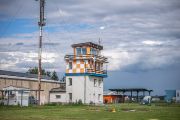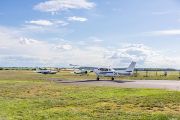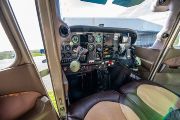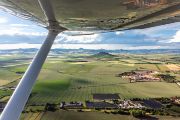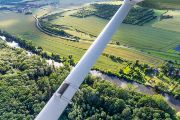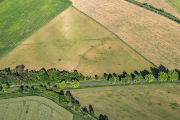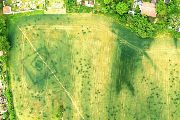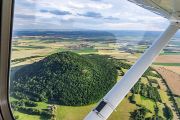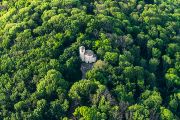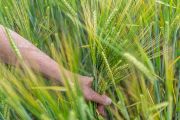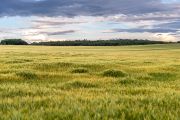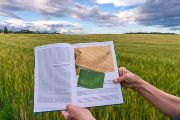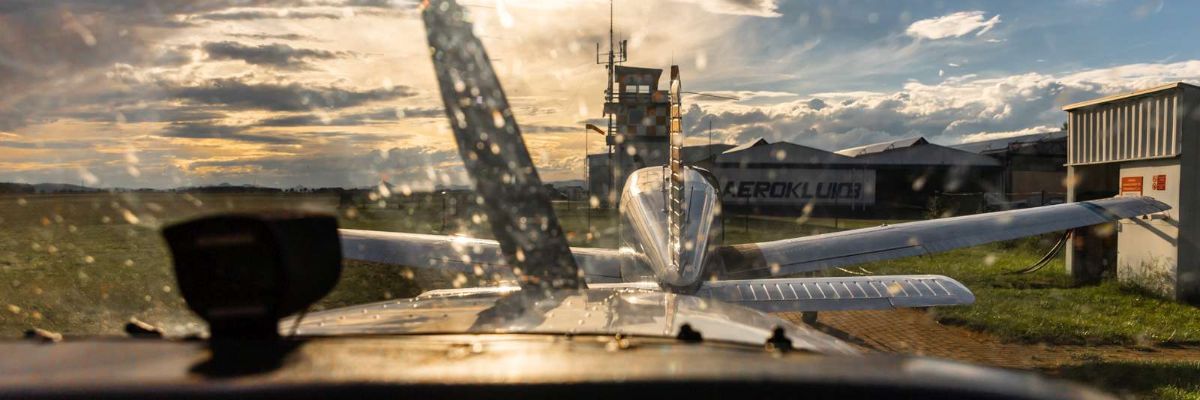
Aerial archaeology: Tracing the footsteps of our ancestors from the sky
20. 06. 2025
They observe the landscape from an altitude of around 300 meters. And it’s precisely this vantage point that allows aerial archaeologists to read what occurred on the ground – sometimes thousands of years ago – and to detect hidden structures. All you need is an eye for seemingly minor details, like subtle differences in the color or height of grain crops. We joined Martin Gojda from the Institute of Archaeology of the CAS, Prague, on an expedition from Roudnice nad Labem Airport in June 2024, as part of the event Archeologické léto (Summer of Archaeology). This photo story first appeared in the 1/2025 issue of A / Magazine, published by the Czech Academy of Sciences.
Written and prepared by: Markéta Wernerová, External Relations Division, CAO of the CAS
Translated by: Tereza Novická, External Relations Division, CAO of the CAS
Photo: Jana Plavec, External Relations Division, CAO of the CAS; Martin Gojda, Institute of Archaeology of the CAS, Prague
 The text and photos are released for use under the Creative Commons license.
The text and photos are released for use under the Creative Commons license.
Read also
- PHOTO STORY: The invasive black bullhead catfish threatens Czech fishponds
- Rewrite the textbooks – we’ve found a bone; aka When science takes a wild turn
- CAS researchers receive L’Oréal-UNESCO Award and Forbes recognition
- Young scientists discussed economic challenges with Nobel laureates in Lindau
- A cure for cancer? Fighting the climate crisis? Ask the data scientists
- Vice-Presidents of the CAS set priorities for 2025–2029 term
- Public Hearing: “Making Sense of Open Science”
- SUNER-C concludes after three years dedicated to the renewable energy future
- A trapped state: The pandemic impact on public attitudes, trust, and behavior
- Archaeologists uncover ancient finds along Prague Ring Road
The Czech Academy of Sciences (the CAS)
The mission of the CAS
The primary mission of the CAS is to conduct research in a broad spectrum of natural, technical and social sciences as well as humanities. This research aims to advance progress of scientific knowledge at the international level, considering, however, the specific needs of the Czech society and the national culture.
President of the CAS
Prof. Eva Zažímalová has started her second term of office in May 2021. She is a respected scientist, and a Professor of Plant Anatomy and Physiology.
She is also a part of GCSA of the EU.
